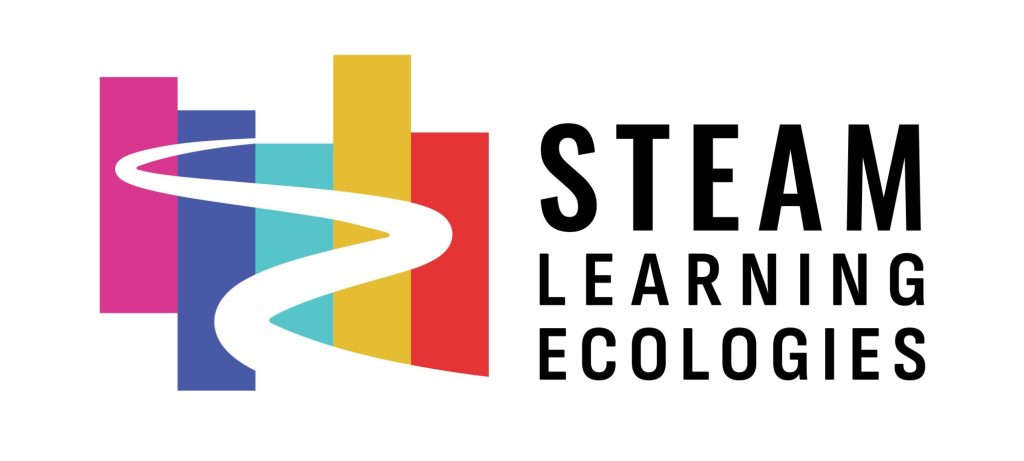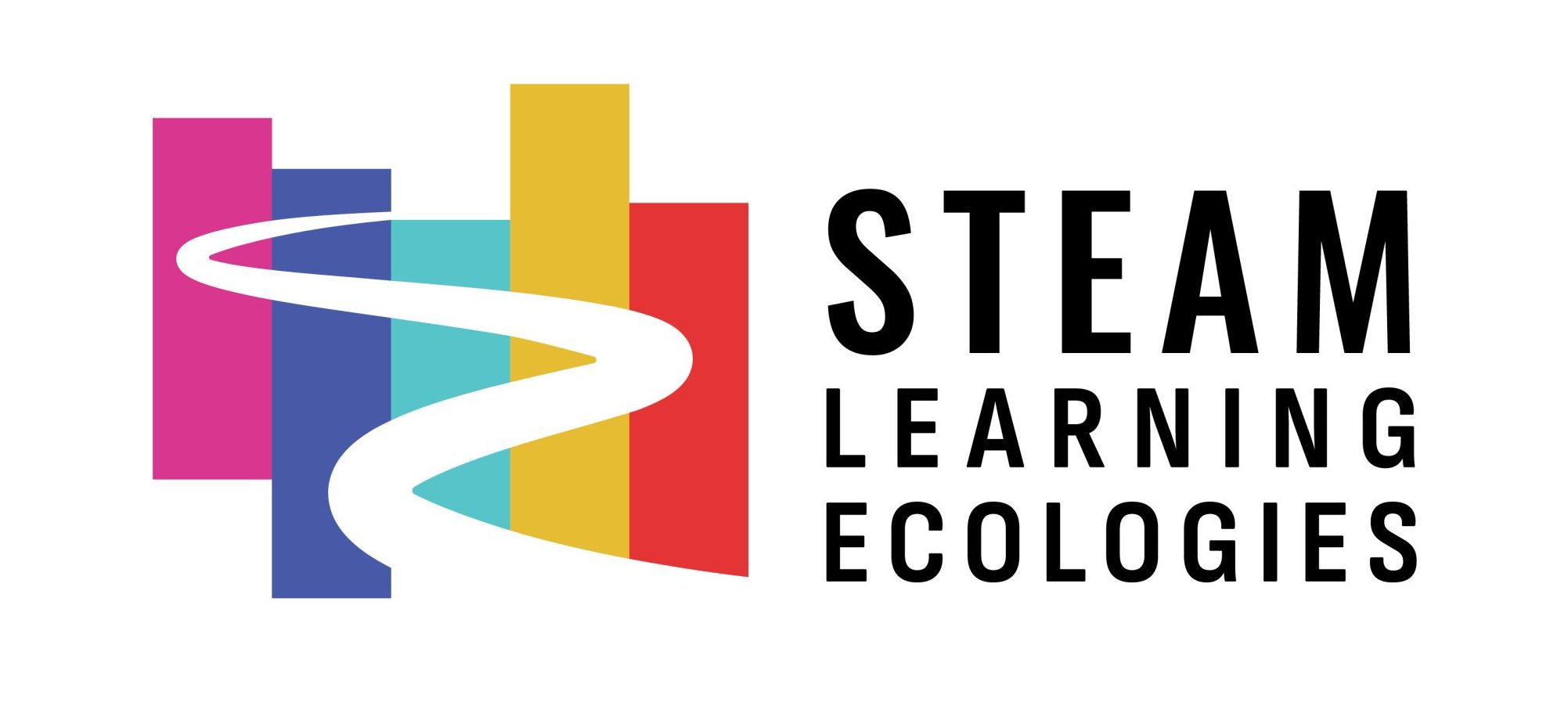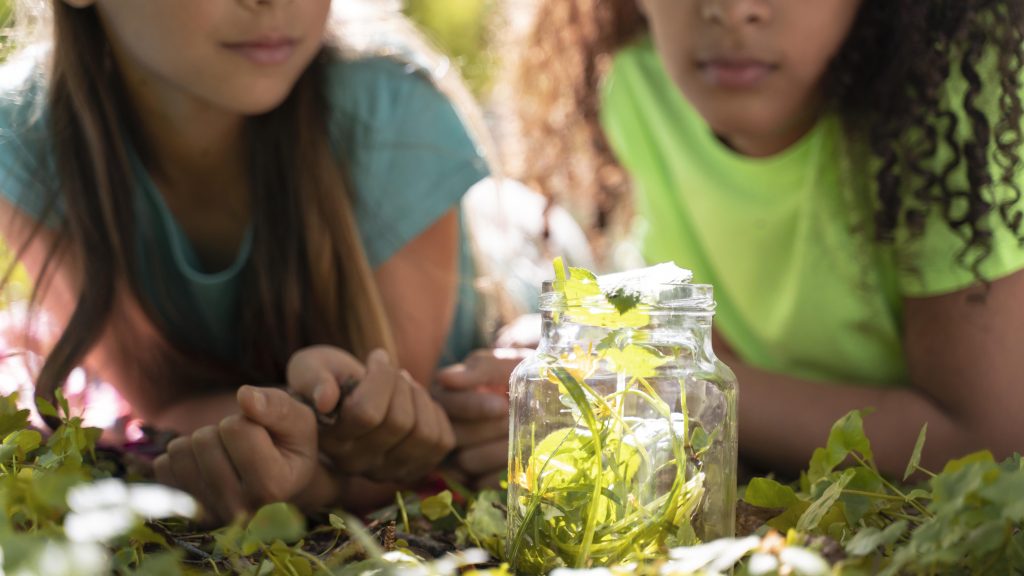The Pilot STE(A)M Learning Ecology in Italy aimed at developing knowledge, critical and creative thinking on circular bioeconomy and environmental sustainability. Also, it helped fostering active citizenship, agency, entrepreneurship, teamwork, self-esteem, and resilience of young people participating in this learning path.
In this SLE, students from a secondary school in Rome (I.C. Guicciardini) became more aware about circular economy and environmental sustainability issues. Actively engaged in the entire process, pupils co-designed the learning products and realized them, progressing through distinct phases that included interactive seminars, classroom lessons, field trips, hands-on workshops, and dissemination activities.
These activities were facilitated by key external experts and researchers, including the Italian National Agency for New Technologies, Energy, and Sustainable Economic Development (ENEA). During the activities, ENEA acted both as a scientist, introducing fundamental concepts on environmental sustainability and circularity, and as a mediator, facilitating the students’ decision-making when determining the type of learning artifact to create.
To learn more about this comprehensive learning ecology, take a look at the interview we conducted with Dr. Falconieri from ENEA.
Can you “paint a picture” of the context in which your STE(A)M Learning Ecology operates? Describe a bit the local setting where the SLE is located as well as the real life challenge it addresses. How does it link to the school curriculum?
We conducted an SLE experience in a first-year class at a secondary school in Rome, where we engaged 11 to 12-year-old students. Our aim was to offer them a practical grasp of the circular economy, starting from their daily experiences, particularly in waste separation. In Rome, this practice is mandatory, so most students are familiar with it. However, they often lack an understanding of the underlying reasons for this practice and the subsequent outcomes.
During the first meeting, researchers from ENEA introduced the fundamental concepts of the circular economy. In the following session, we initiated a discussion with the class about practical actions they could take to “reduce, reuse, and recycle”, emphasizing our expectation for them to develop their own circular economy project. Eventually, the class collectively decided to create a book designed in the shape of a small house.
This project addressed a significant aspect of the Civic Education program and engaged various skills aligned with the students’ standard curriculum. These included technology, for reusing materials and technical drawing during the construction phase; literacy skills for crafting the book’s introduction and commentary; and science and statistics for monitoring the exchange process.
Could you briefly present your organization? What roles did your organization have in the SLE?
I work at ENEA, the Italian National Agency for New Technologies, Energy, and Sustainable Economic Development, a public research institution primarily dedicated to energy sectors and sustainability, including the circular economy. In our role, we served as both “scientists,” providing insights into concepts and data, and “facilitators,” guiding the class discussions and decision-making processes.
Have you already worked in similar open schooling projects in the past? If not, how was this first experience?
Yes, I have. Typically, I handle support and coordination tasks, leaving the direct interaction with students to my colleagues. However, in this case, my colleagues had to connect with the class via Zoom conference because of the geographical distance between the school in Rome and our ENEA research centers in the south of Italy. Consequently, I was asked to step in as the facilitator during the classroom sessions. It was my first time taking on this role, and I really enjoyed it! The teachers and my colleagues provided valuable support, and the students were not only interested but also highly engaged. Overall, it proved to be an incredibly rewarding experience for me!
Were there any challenges occurred while implementing the STE(A)M Learning Ecology and/or interacting with the school? How did you address them?
We didn’t encounter significant challenges, especially because we had the opportunity to connect with the school teachers online beforehand, allowing us to share ideas and methodologies. Initially, I was slightly concerned about the researchers connecting via Zoom, fearing it might reduce the students’ active participation. However, this concern was minor. Interestingly, this generation of students is more accustomed to video calls than adults, and adapted quickly. Moreover, my presence as a facilitator in person helped bridge any gaps and ensured a smooth interaction throughout the project.
Why do you think that your STE(A)M Learning Ecology was so helpful? What are the benefits and the added value brought to the scholastic community? What are the benefits and added value brought to the educational experience of students/teachers involved? Please think about the skills developed.
Not only did the project address a significant aspect of the Civic Education program and incorporate various skills from the students’ standard curriculum, but it also gave a broader learning experience through team-based activities. The class was divided into three groups: “Planners,” “Builders,” and “Communicators,” reflecting the three main phases of project management (planning, implementation, and communication). Additionally, students were given practical guidelines for interaction, following the word café methodology. Furthermore, they were informed that their outcomes would be shared beyond their class and could be beneficial to other students in their school. I believe the teachers truly appreciated this methodology and were also pleased with the interdisciplinary approach.
How do you think that your STE(A)M Learning Ecology engaged and attracted learners to opportunities in science-related fields, in particular young females?
Considering the early stage of education in which our SLE was implemented there were no significant differences in interest or engagement between boys and girls in scientific subjects. Furthermore, early exposure to diverse scientific activities increased young girls’ interest, reflecting a broader societal trend of rising female participation in science. We also addressed unconscious biases by ensuring that science was presented as equally accessible and appealing to all genders. This approach, combined with the active promotion of female role models and equal participation in classroom activities, helped dismantle gender stereotypes and inspired young females to pursue careers in science, demonstrating that gender should not be a barrier to achieving success in these fields.





One Response
Very interesting project about critical thinking in circular bioeconomy and environmental sustainability.
Daily tasks that seem so obvious to us and that are so important for the environment. It is very important to sensitize our students to these issues. Congrats!